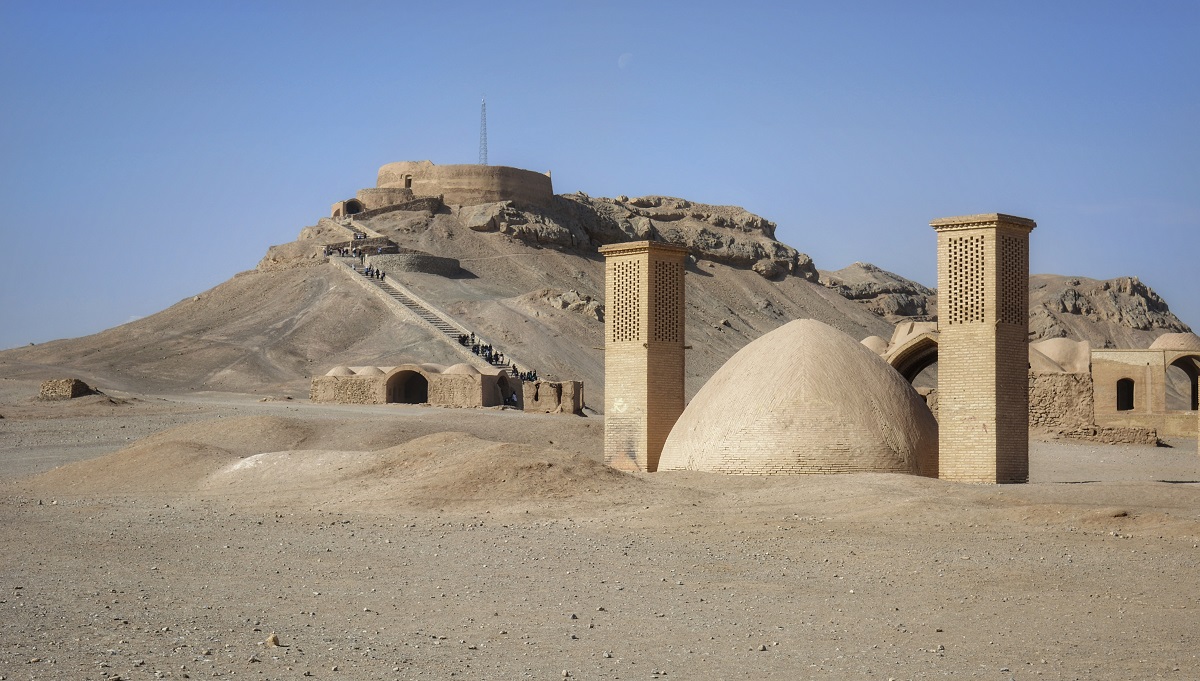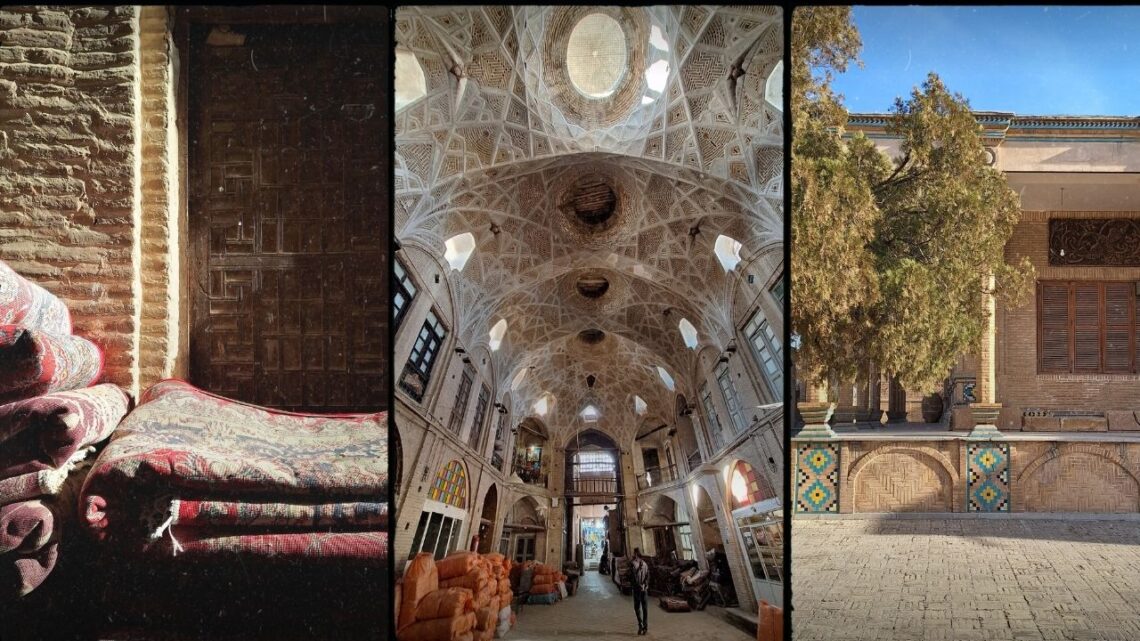
Complete Travel Guide to Arak
If you are reading this now, I`m sure you haven`t heard about Arak. Or maybe the only thing that you`ve heard about it (probably from Iranians) was that it is an industrial city infamous for its highly polluted air. Well, I am here to change this idea. Arak is a city with a good tourist potential and unfortunately, it has been overseen by most tourists. So, let`s see what it has in store for travelers!
The present-day city of Arak was founded not that long ago – at the beginning of the 19th century, and was named Soltanabad. And maybe thanks to that it has preserved the historical center so well. At the time, it was known mainly for its carpet production. But when Reza-Shah Pahlavi came to power, Arak experienced profound changes. The city was renamed and became Arak, and as soon as the railway reached the city, factories started to open up in the area.
We have nothing to do with the industry, so let`s focus on the historical sights.
Arak Bazaar
The biggest treasure of Arak is its bazaar which is the core of any Iranian city. The bazaar is basically a straight line with shops on both sides. What makes it stand out among other bazaars is that it is not as busy as, let`s say, Tehran Grand Bazaar. On the other hand, it is not just a tourist attraction that is empty most of the time like Qazvin Bazaar. People still come here for shopping, most shops are still operating, but also, the bazaar has been renovated and it looks taken care of. In general, I would say this is the best place to wander around, explore the old shops and all the corners of the bazaar and take in the history.
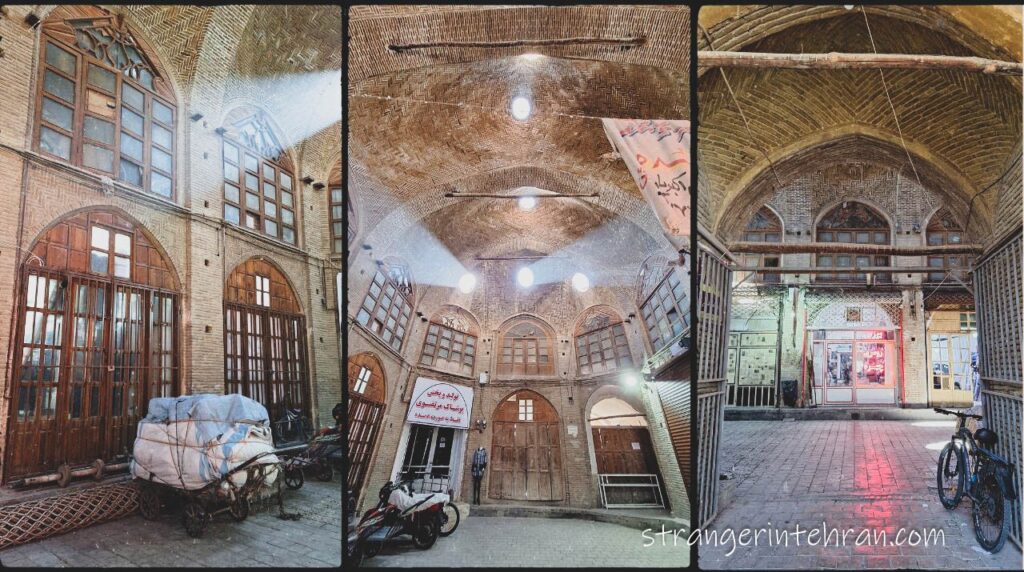
Arak bazaar is different from bazaars in other cities. As I have mentioned, it is a line of shops, so the number of shops is pretty limited. To create more shopping space, Arakis started to build sarā`s on both sides of the main street. A sarā is a yard (mostly covered, but not necessarily) around which there are two floors of shops are built. So, a sarā takes up the space of one shop in the main bazaar street (for the entrance), but houses a couple of dozens of shops. These sarā`s were built by merchants that specialized in one specific product (like Sarā-ye Kāshāni which specialized in carpets or Sarā-ye Ketāb-forooshān that used to sell books) or came from the same town or community (like Sarā-ye Kalimihā).
Each sarā has its own atmosphere, it`s own style and is worth exploring. They say that the most beautifully-decorated one is Sarā-ye Kāshāni which really has stunning brick-work on the ceiling. And it still houses a few carpet shops which adds up to its authentic, Iranian atmosphere and makes it an amazing stop for photos.
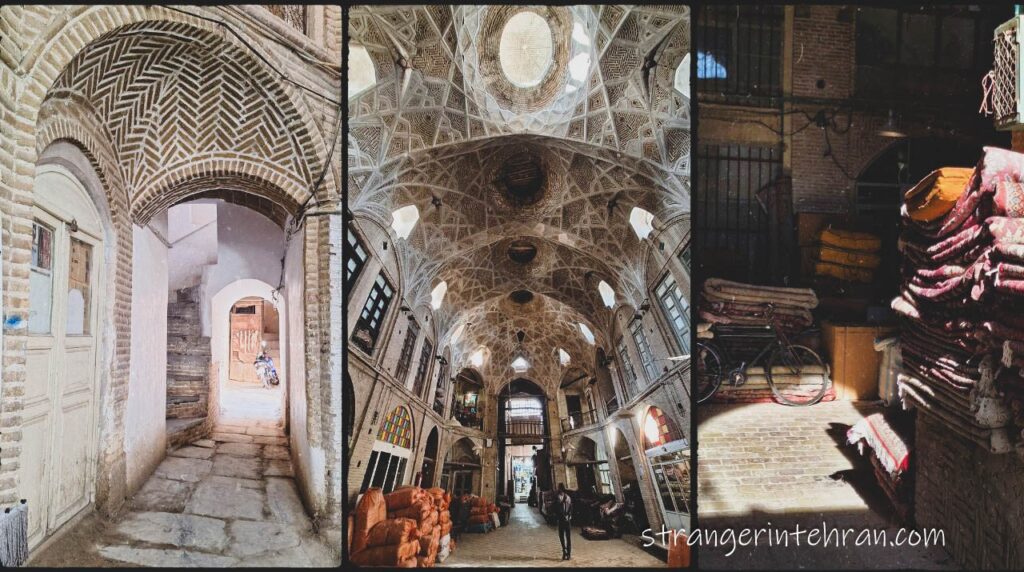
There are two more spots at the bazaar that you need to take a look at. The first one is the junction of the main bazaar line with another one. Traditionally, this part of the bazaar has some extra decorations and a dome. The one in Arak also has a small pond in the middle. When we visited Arak bazaar, there was a car that was trying to get around this pond (although cars are not allowed at the bazaar) and I was astonished by how masterfully the driver got around it. You can watch how he did it in my Arak vlog on YouTube.
The other spot is the drinking fountain which is called saghākhāne in Persian. At first, it was meant just as a water fountain where all passers-by could drink water from, but with time it obtained religious meaning and was used as a place for a prayer. That is why, the inside of a saghākhāne is now decorated with tiles with religious scenes or portraits of religious figures. Unfortunately, in Tehran, saghākhāne `s are being destroyed and give place to new buildings. So, they have become pretty rare to see there, and that`s what makes them more appreciated in other cities. Actually, Arak bazaar has two of them – one is quite big and has beautiful brick-work, and the other one is smaller but has incredible mirror-work inside. I would recommend to stop by both of them.
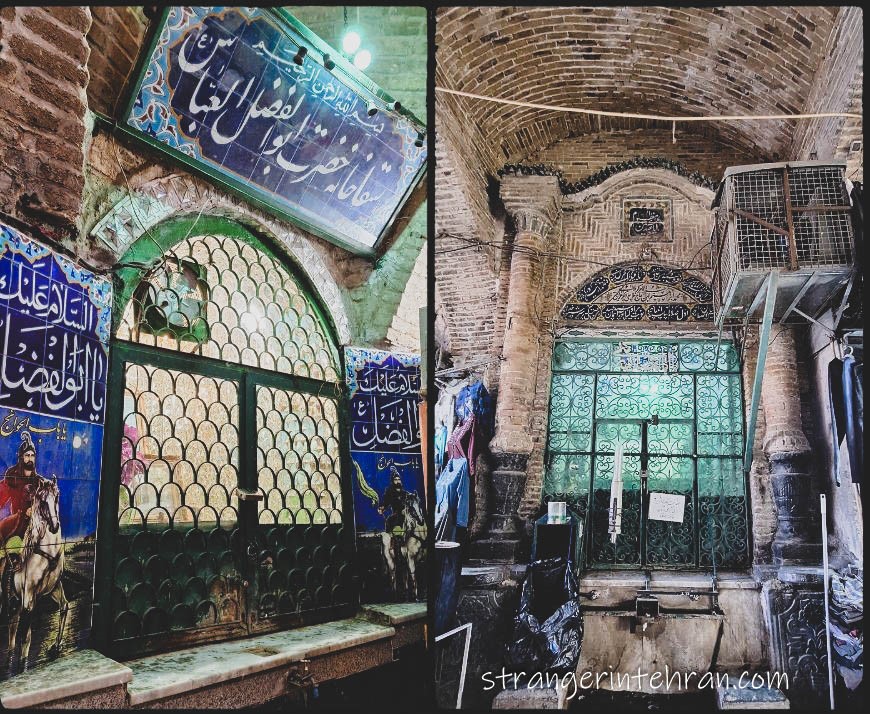
The Four-Season Bathhouse
Also known as Hammām-e Chāhār-Fasl in Persian, this bathhouse is definitely one of the biggest baths that can be found in Iran. Unlike other baths, it housed baths not only for Muslims, but also for religious minorities, not only for men, but also for women. Of course, each part had a separate entrance and probably was somehow separated from the rest. The first thing that you see when you enter the hammam is a gorgeous hall all covered with tiles. Tiles in each of the four parts of the hall depict scenes of all four seasons, and that is how it got its name. This bathhouse was built at the beginning of the 20th century.
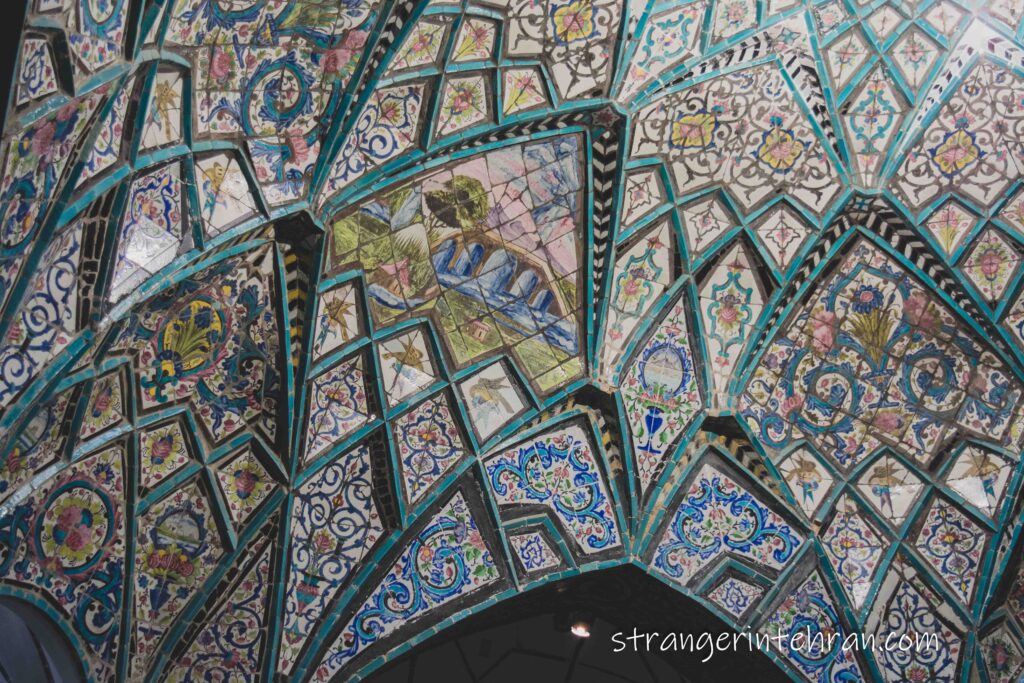
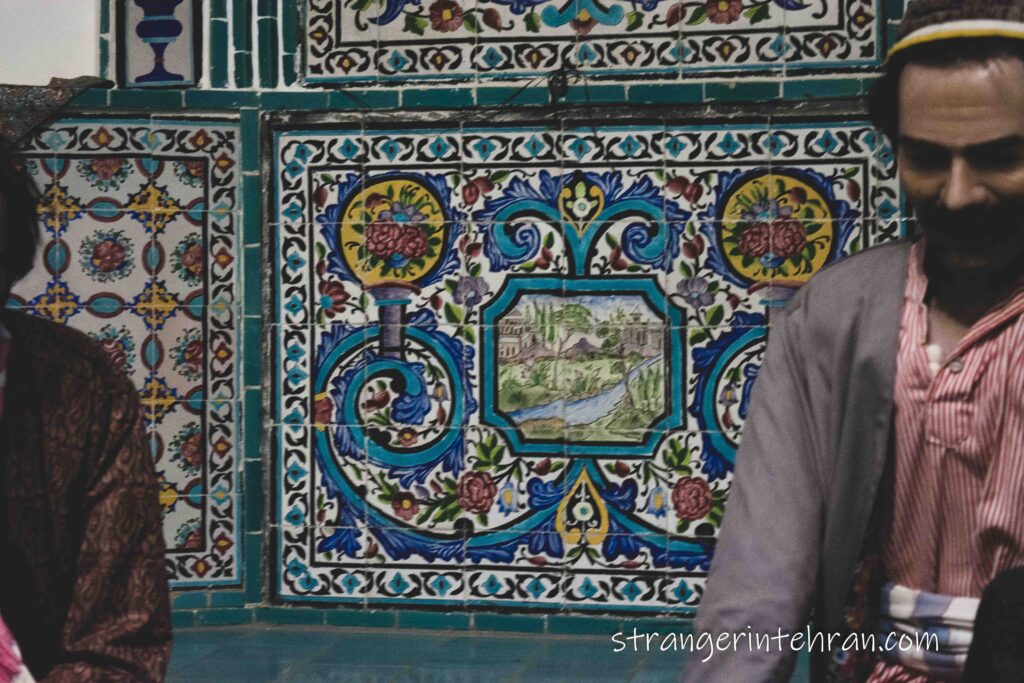
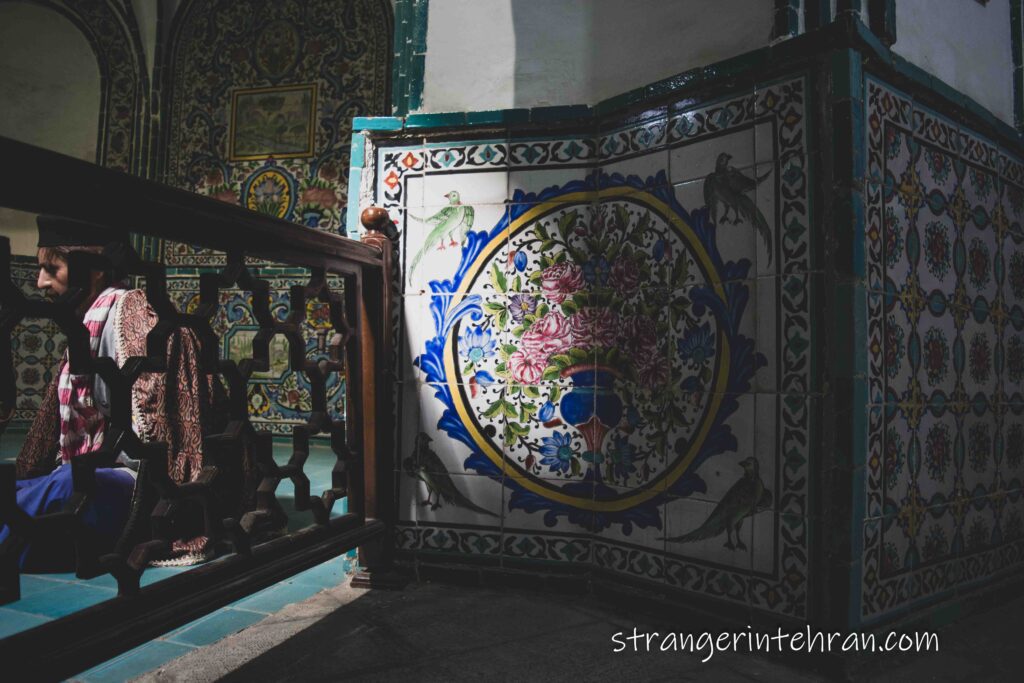
Unfortunately, this is the only hall that bears any decorations, the rest of the hammam has just white walls. These days the hammam houses a museum. You can find all kinds of exhibits here – from old wooden doors and old household stuff to old documents and photographs. There are a few archeological sites in the area, so you can also see some ceramic pots, bowls and other things found there. However, there is one piece that blew my mind! I was absolutely not ready to see the remnants of a man who lived 7,500 years ago in an ordinary provincial museum. It was found in one of the archeological sites and brought to the museum along with the piece of the ground and all the items that were found around the body including a turtle shell.
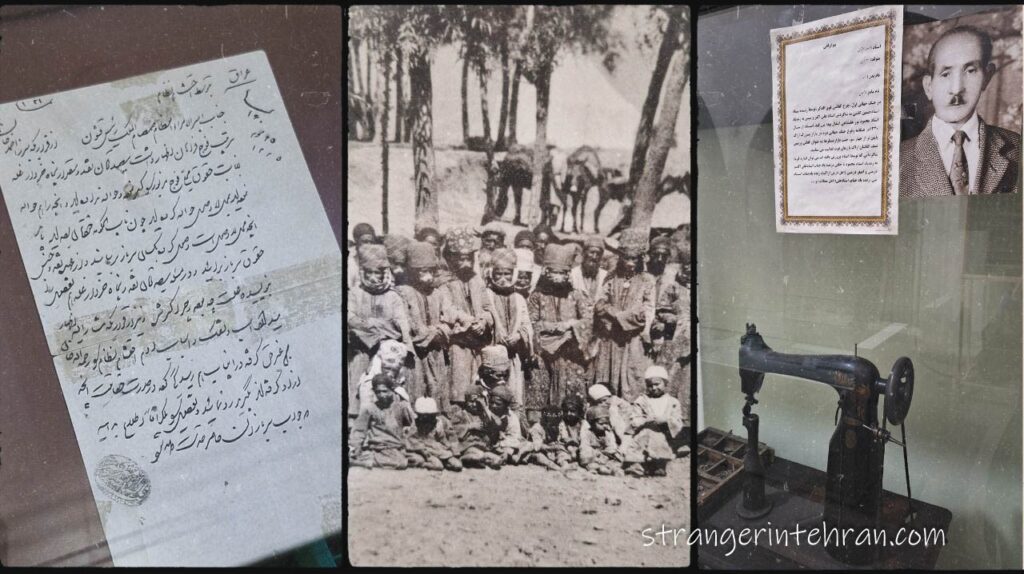
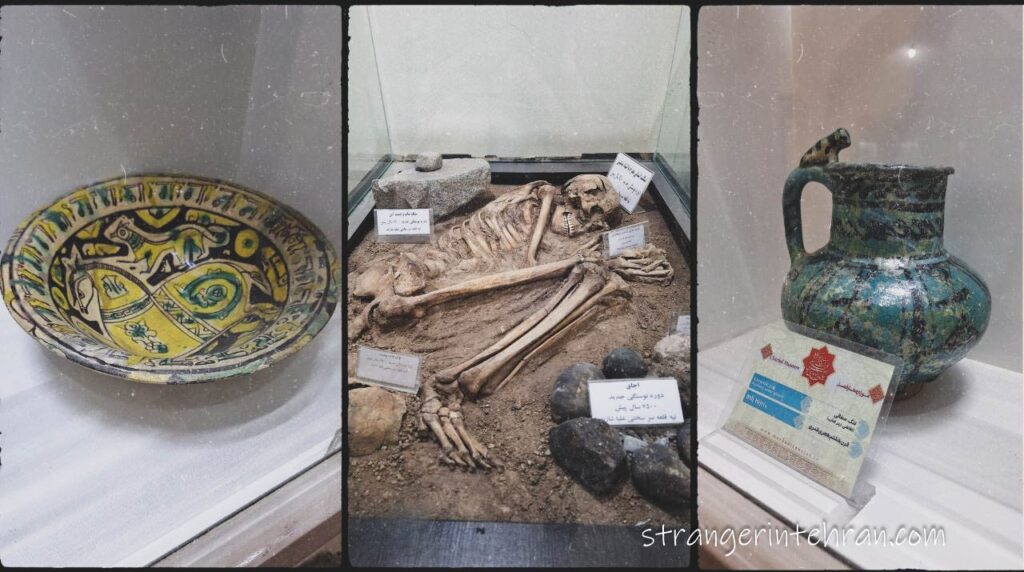
Other Sights
We didn`t have enough time to thoroughly explore other sights of Arak. But I will list a few here.
Arak used to be home to many Iranian Armenians who keep leaving Iran for Armenia or other countries. But there are still a few places that remind us of a big Armenian community in Arak. There is a church (that is not open for visitors but can be seen from the outside) and an Armenian school.
Also, there are a couple of museums that opened in 19-century mansions like The Museum of traditional arts and handicrafts or The Museum of Prominent Figures of Arak (also known as Khakbaz`s House).
There are also a few sights outside the city. There is beautiful Meyghan Lake where you can watch cranes in the middle of November. If you travel to Arak in summer, you can also visit a couple of villages with refreshing gardens and natural sites like Hezaveh or Anjedan.
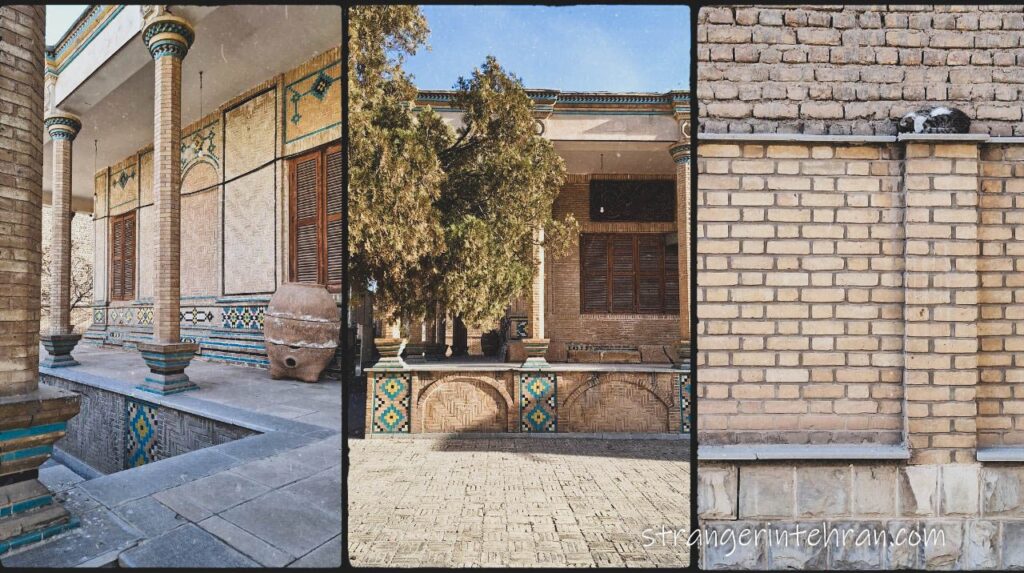
What to Eat in Arak
We spent in Arak just a few hours, so we didn`t have a chance to try any local food. However, locals highly recommended to try tak-loghmeh that is a type of sandwich, and fatir, a kind of sweet bread. If you don`t not yet what local food to try in Iran, don`t miss my Cheat Sheet on Iranian Food. It will help you out a lot on your trip to Iran!
I would recommend to spend in Arak just a few hours or maybe a day and leave for another city by the evening. We managed to see the most important sight just in 3-4 hours and then we left for Isfahan. So I would recommend to visit it on your way to Isfahan (in case you already saw Kashan and want to see something else) or to Khuzestan Province (it is famous for the most ancient historical sites like the city of Susa and beautiful nature in spring (mostly around Dezful)).
How to Get There & Around
You can easily get to Arak by bus that leaves from both Southern Bus Terminal (terminal-e jonoob) and Argentine Bus Terminal (terminal-e Beyhaghi). The trip will take around 3 hours or a bit more.
There is also a train but the trip will take 5 hours.
Inside the city, you just need to get to the center of the city, you can get to all the sights on foot.
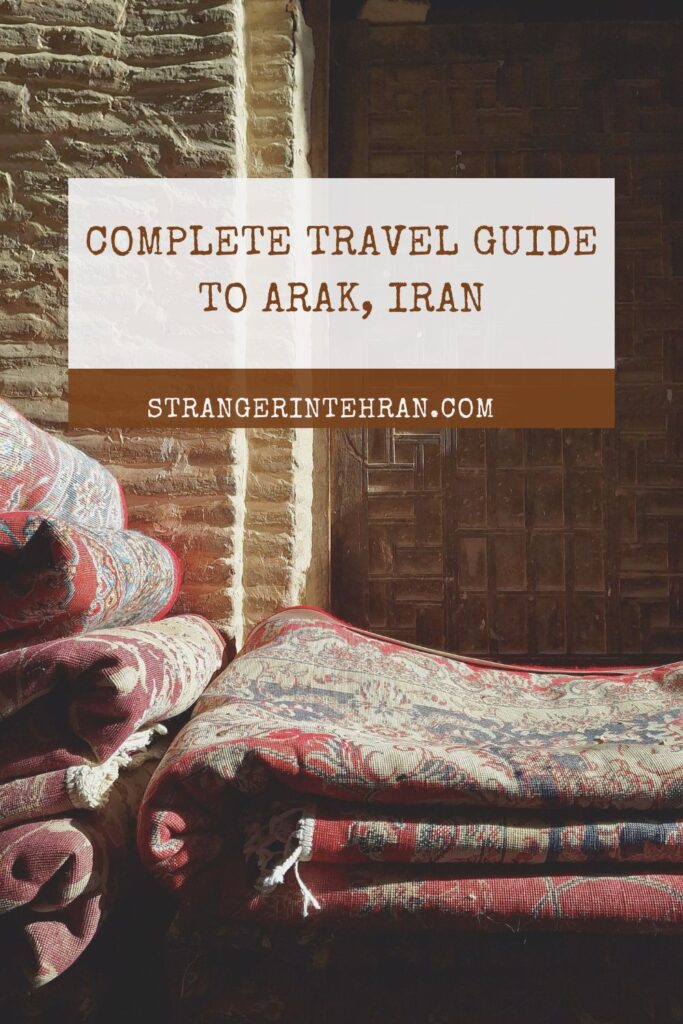
YOU MIGHT ALSO LIKE


You May Also Like
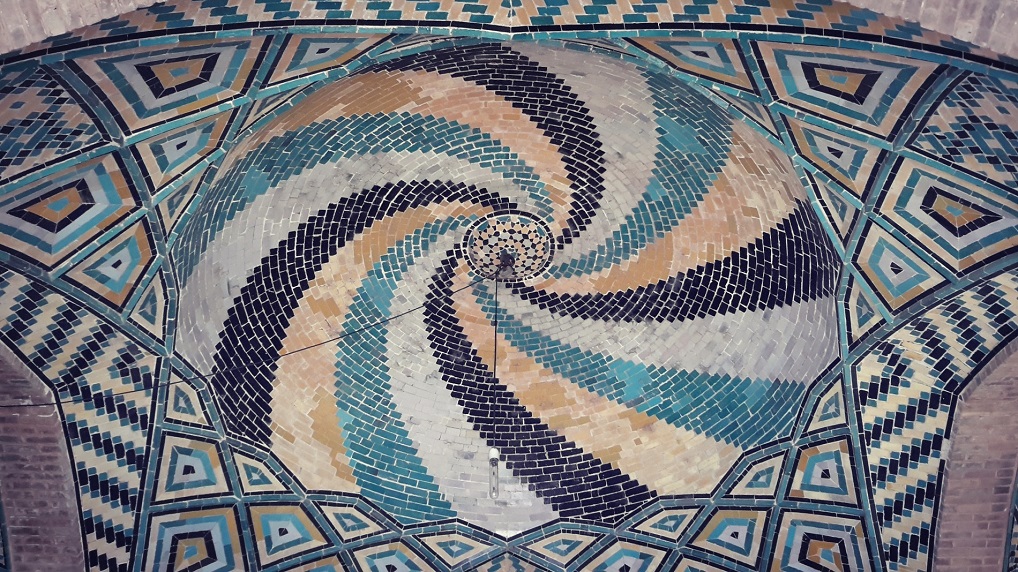
Complete Travel Guide to Qazvin
November 27, 2016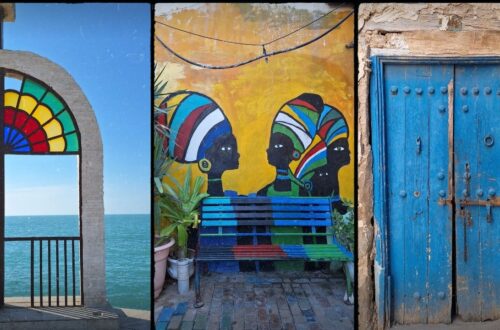
Complete Travel Guide to Bushehr
August 27, 2024